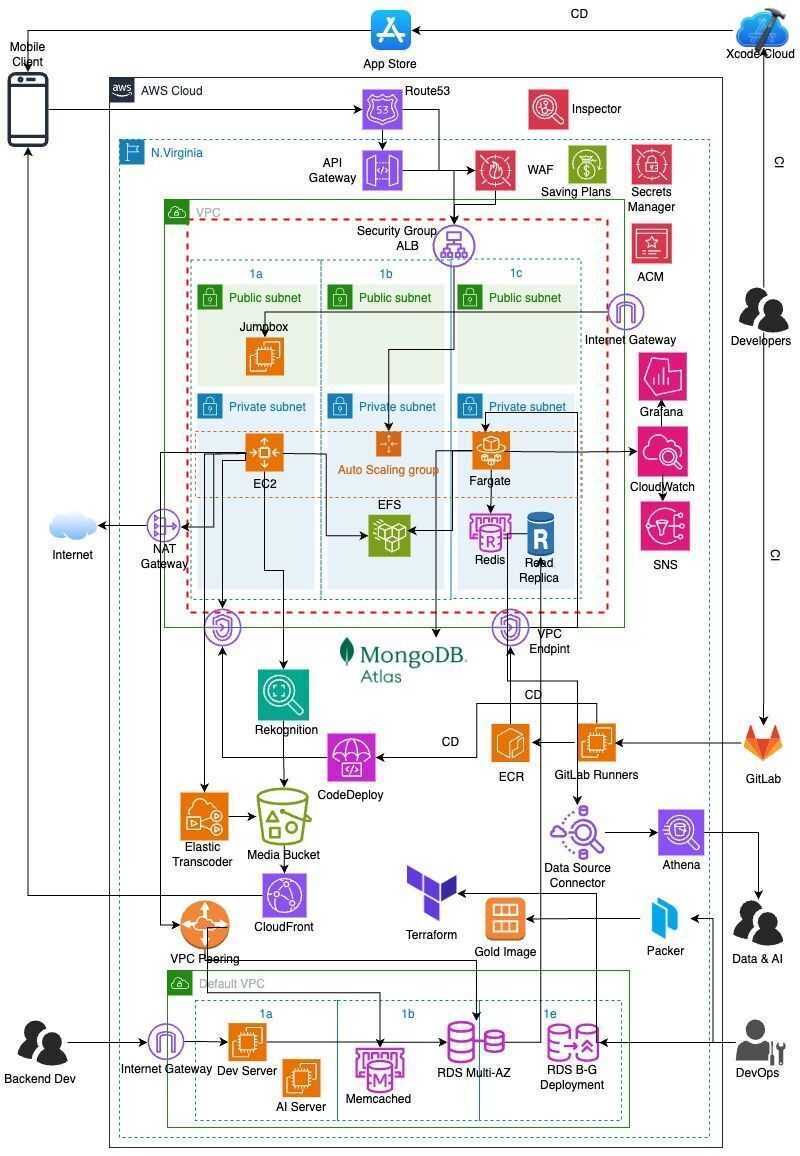S3's Evolution: Key Points from AWS's Pi Day Blog Post
I was reading an interesting post on Werner Vogels‘ blog about Amazon S3 turning 19 years old recently. Written by Andy Warfield, VP and Distinguished Engineer for S3, the post highlighted some reflections on how this foundational AWS service has transitioned. Scale S3 launched on March 14, 2006 (Pi Day) Now stores hundreds of trillions of objects across 36 regions Grown from simple object store to complex distributed system What I Found Interesting Customer-Driven Development The S3 team spends a significant amount of time speaking to the engineers who build on their platform. Almost every feature comes straight out of customer requests. Simplicity The S3 team now views simplicity differently than when they started: Not just about a simple API About letting developers focus on their data without distractions Features like strong consistency and increased bucket limits were surprisingly popular because they removed complexity from customer code Performance S3 transformed from archival storage to supporting interactive workloads Improvements in performance created demand for even more performance S3 Express One Zone (2023) launched as their first SSD storage class to minimize latency Speed and Quality The team constantly struggles with two opposing forces: Moving too slowly from perfectionism Shipping too quickly with painful gaps S3 Tables Customers have been storing tables in S3 using Parquet format since 2013 Launched S3 Tables to make this a first-class feature Goal: provide the same simplicity for tables that S3 offers for objects The journey of S3 demonstrates how a service can grow much larger than its original purpose, while keeping its primary goal intact. What started as object storage has become a sophisticated data platform handling everything from archives to real-time workloads.

I was reading an interesting post on Werner Vogels‘ blog about
Amazon S3 turning 19 years old recently. Written by Andy Warfield, VP and Distinguished Engineer for S3, the post highlighted some reflections on how this foundational AWS service has transitioned.
Scale
- S3 launched on March 14, 2006 (Pi Day)
- Now stores hundreds of trillions of objects across 36 regions
- Grown from simple object store to complex distributed system
What I Found Interesting
Customer-Driven Development
The S3 team spends a significant amount of time speaking to the engineers who build on their platform. Almost every feature comes straight out of customer requests.
Simplicity
The S3 team now views simplicity differently than when they started:
- Not just about a simple API
- About letting developers focus on their data without distractions
- Features like strong consistency and increased bucket limits were surprisingly popular because they removed complexity from customer code
Performance
- S3 transformed from archival storage to supporting interactive workloads
- Improvements in performance created demand for even more performance
- S3 Express One Zone (2023) launched as their first SSD storage class to minimize latency
Speed and Quality
The team constantly struggles with two opposing forces:
- Moving too slowly from perfectionism
- Shipping too quickly with painful gaps
S3 Tables
- Customers have been storing tables in S3 using Parquet format since 2013
- Launched S3 Tables to make this a first-class feature
- Goal: provide the same simplicity for tables that S3 offers for objects
The journey of S3 demonstrates how a service can grow much larger than its original purpose, while keeping its primary goal intact. What started as object storage has become a sophisticated data platform handling everything from archives to real-time workloads.




























![[Webinar] AI Is Already Inside Your SaaS Stack — Learn How to Prevent the Next Silent Breach](https://blogger.googleusercontent.com/img/b/R29vZ2xl/AVvXsEiOWn65wd33dg2uO99NrtKbpYLfcepwOLidQDMls0HXKlA91k6HURluRA4WXgJRAZldEe1VReMQZyyYt1PgnoAn5JPpILsWlXIzmrBSs_TBoyPwO7hZrWouBg2-O3mdeoeSGY-l9_bsZB7vbpKjTSvG93zNytjxgTaMPqo9iq9Z5pGa05CJOs9uXpwHFT4/s1600/ai-cyber.jpg?#)














































































































































![[The AI Show Episode 144]: ChatGPT’s New Memory, Shopify CEO’s Leaked “AI First” Memo, Google Cloud Next Releases, o3 and o4-mini Coming Soon & Llama 4’s Rocky Launch](https://www.marketingaiinstitute.com/hubfs/ep%20144%20cover.png)




































































































































































































![Rogue Company Elite tier list of best characters [April 2025]](https://media.pocketgamer.com/artwork/na-33136-1657102075/rogue-company-ios-android-tier-cover.jpg?#)








































































_Andreas_Prott_Alamy.jpg?width=1280&auto=webp&quality=80&disable=upscale#)



























































































![What’s new in Android’s April 2025 Google System Updates [U: 4/18]](https://i0.wp.com/9to5google.com/wp-content/uploads/sites/4/2025/01/google-play-services-3.jpg?resize=1200%2C628&quality=82&strip=all&ssl=1)










![Apple Watch Series 10 Back On Sale for $299! [Lowest Price Ever]](https://www.iclarified.com/images/news/96657/96657/96657-640.jpg)
![EU Postpones Apple App Store Fines Amid Tariff Negotiations [Report]](https://www.iclarified.com/images/news/97068/97068/97068-640.jpg)
![Apple Slips to Fifth in China's Smartphone Market with 9% Decline [Report]](https://www.iclarified.com/images/news/97065/97065/97065-640.jpg)



































































































































